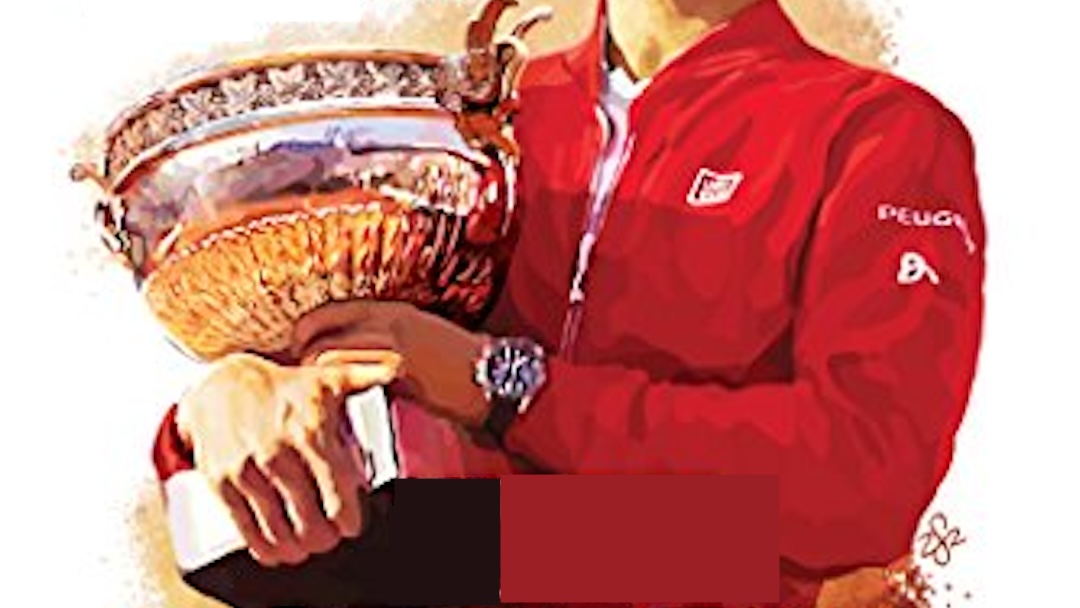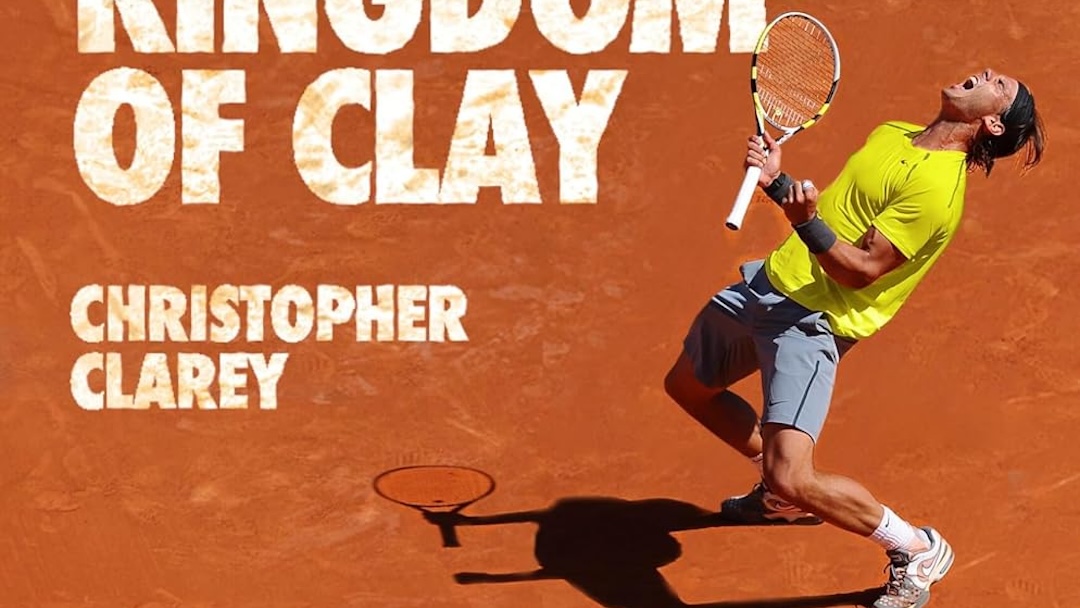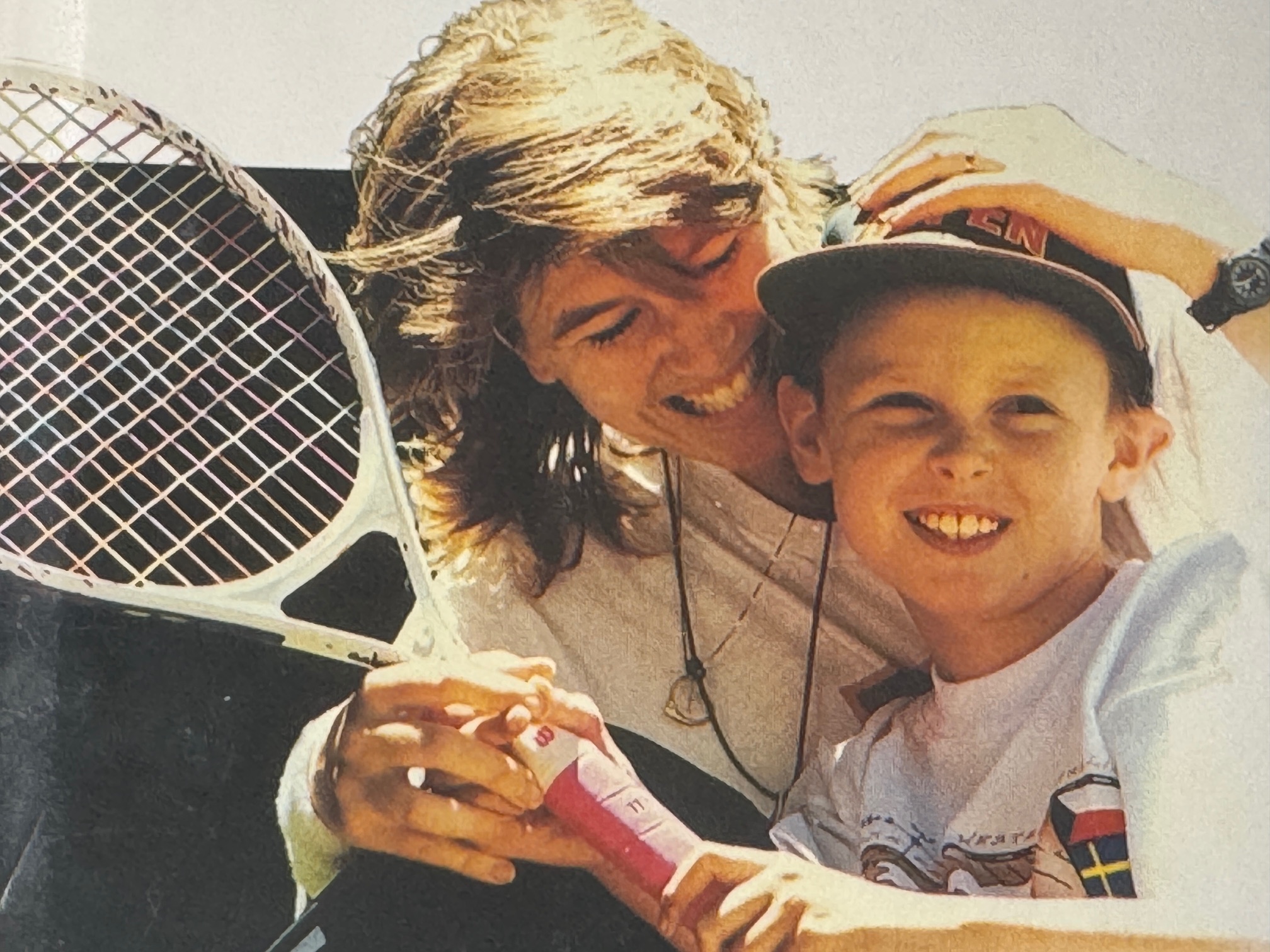Throughout 2025, we are spending the first full weekend of each month with posts inspired by Gretchen Rubin in her amazing book, The Happiness Project. Rubin’s yearlong exploration involved dedicating each month to a specific theme or aspect of happiness. Specifically, she incorporated practical strategies and actionable insights in an effort to cultivate a more fulfilling and joyful life. Many of the techniques described in the book can also be applied to tennis. Happiness helps players enhance their mental game by finding more joy on the court.
The February chapter of Rubin’s book focuses on Love and Relationships. That makes perfect sense since that month features Valentine’s Day. She primarily concentrated on improving the quality of her marriage and family life. Taking inspiration from that, we can use many of the same concepts to improve our relationships within tennis. Anyone can intentionally “Choose Love” to create a happier tennis life.
The concept of “Choose Love“ is based on the idea that love is a conscious decision rather than pure emotion. Intentionally shaping our actions, attitudes, and interactions can transform relationships. When life’s challenges are met with compassion and kindness rather than anger or resentment, the whole experience is changed. Living with love through our words, actions, and behaviors is both a mindset and a call to action. It can help people navigate adversity and inspire others.
Choosing love in tennis can be a guiding principle for approaching the game, our opponents, and even ourselves. Embracing both its challenges and joys is a tool for effectively dealing with inevitable frustrations that will arise. Remembering our appreciation for the sport itself can make all the difference. Thinking about how tennis has enriched your life, fitness, friendships, and personal growth produces a sense of gratitude and joy. That creates a firm foundation on which to build a happier and more fulfilling experience on and off the court.
Your opponents are an indelible part of the game and essential partners on your tennis journey. A great opponent will push you to improve and test your skills. Choosing love for an opponent is all about respect, sportsmanship, and fostering a positive atmosphere of competition. Cordial relationships make a significant difference in performance and enjoyment of tennis.
Choosing love for your partner is essential when playing doubles. Support and encouragement in tough moments are the hallmarks of a great player. When things aren’t going your way, responding with patience rather than frustration builds teamwork. A positive attitude fosters trust and confidence on the court.
Finally, it is essential to choose love for yourself. Self-compassion is crucial in any competitive environment. Tennis is a mentally demanding sport frequently punctuated by negative self-talk and doubts. You can intentionally decide that your inner voice will speak to you only with kindness. Treating yourself with patience and understanding is the key to developing greater resilience and a healthier relationship with the game. Choosing love means embracing the competitive process rather than focusing solely on results.
If you want to be happier in your tennis life, choose love. It provides meaning, elevates competition, and creates joy. Love makes the effort feel rewarding, even in the face of defeat. When we choose love, we choose a path of fulfillment, resilience, and joy. And that, more than any trophy or win, is the ultimate victory.
Fiend At Court participates in the Amazon associates program and receives a paid commission on any purchases made via the links in this article. Details on the disposition of proceeds are available on the “About Fiend at Court” page.
Throughout 2025, I am dedicating the first full weekend of every month to exploring how ideas from Gretchen Rubin’s The Happiness Project (<- Sponsored Link) can spark greater enjoyment and happiness in tennis. This is a non-tennis book that I have come to believe everyone should read. Seriously, you should get your hands on a copy of this book and consider trying some of the techniques described by the author.




